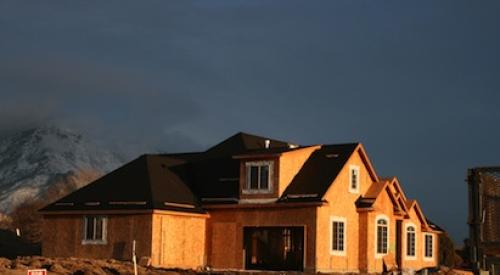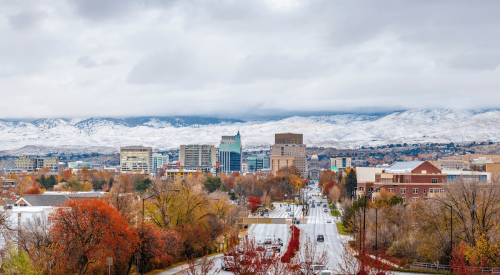No, America’s largest scam is not the multi-level marketing scheme your aunt keeps pestering you about on Facebook. It’s bigger than candles or cheap handbags: It’s in the very infrastructure of America. Having big box stores in a thriving commercial scene is the traditional badge of municipality success, so cities and towns are willing to bet on name-brand businesses by taking federal grants and shelling out tax incentives. But the current model catering to car traffic and land-monopolizing, one-story stores is sucking money out of local government at an alarming rate. Although these additions initially add value, the upkeep of infrastructure and lack of land efficiency cost big bucks in the end, which are often offloaded to the taxpayers that the stores were supposed to serve, according to Charles Marohn, Jr., founder of and president of Strong Towns.
For a community, rapid growth is easy. Bolstered by state and federal funding, municipal bond debt financing as well as tax incentives and deferrals, cities and towns that want to induce new development have many means of doing so. With each transaction, they receive immediate fees and tax revenue, but also take on the long-term responsibility to provide ongoing service, maintenance, and—in the case of infrastructure—replacement.
And while that new big box store, strip mall, or drive-thru restaurant may last only a couple of decades, the maintenance obligations from all that asphalt and those new sewer lines are eternal. Too often, though, we haven’t ever bothered to quantify those obligations. When you begin to do the math on our development pattern, what you find is alarming.
Most cities and towns in North America are functionally insolvent. This is not hyperbole. It comes down to a simple question: Is new development producing enough wealth to fund the long-term maintenance of its own infrastructure—let alone public safety and all the other services that we expect government to provide? When we examine these costs and revenue streams, we often find the answer is no.












